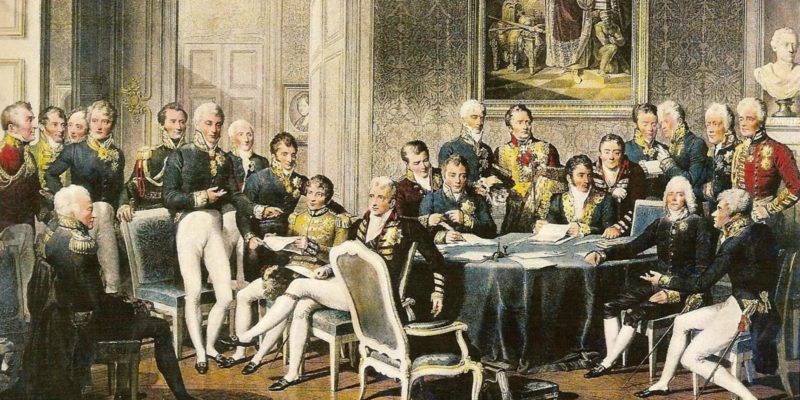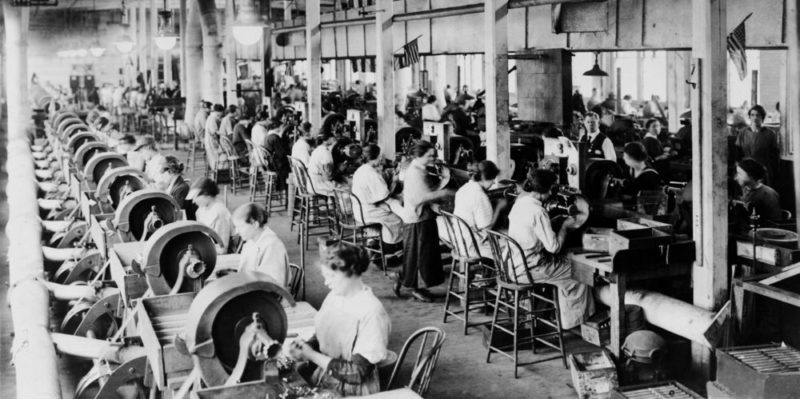We explain what mass culture is when it emerged and the principles it promotes. Also, what are its features and benefits.
What is mass culture?
Mass culture is called the social fabric constituted by the customs, ways, forms and traditions that a certain society has . Also, mass culture was the first that began to take into account the members of society as consumers .
The term was born after the French Revolution in 1789 since, until then, society as a whole was not taken into consideration. This culture is characterized by the emergence of the first mass media , the printing press, radio , cinema , and later television and the Internet .
Mass culture refers to a concept used in advertising and marketing in relation to consumer behavior, although during this first mass culture, consumers were considered as simple recipients of the stimuli enunciated by the predominant brands.
The Frankfurt school argued that, thanks to mass culture, it was possible for capitalism to achieve its greatest success.
Historic context

The prelude to mass culture came with the French Revolution. There began a new period of social, political, and economic order that strengthened the bourgeois class .
The small merchants who used to sell their products or merchandise to subsist under the feudal regime , gained strength and began to market their products and services en masse.
This massification of products and services, added to the fall of the feudal regime , resulted in the advance and power of a new social class: the bourgeoisie (which emerged from capitalism and consumption).
In any case, it was not until the middle of the 20th century that this concept began to be used as it is understood today, which understands mass culture as a term closely related to consumerism.
Main pillars
Mass culture is sustainable based on three main pillars:
- advertising
- business culture
- Consumer society
Interrelated principles

Mass culture presents a series of interconnected principles.
- Centralization. Economic power is centralized in the bourgeois class.
- Uniformity. The products marketed lacked differentiation: they were all similar. For example, in the automobile industry there was no difference between one model and another, they were all manufactured using the same method. Thus Fordism was born.
- Synchronization. The assembly line and mass production emerged, which allowed for large productions of the same products at a very low cost for the consumer.
- Maximization. Productivity was maximized and priority was given to low production costs in the shortest possible time.
- Concentration. The society was concentrated in the urban areas.
Mass production

The previous regime was characterized by small-scale agricultural and livestock production and by the protection of the feudal lords towards the peasants.
Many of these peasants had decided to be independent (free from feudalism) and began to produce their products independently.
With the birth of the bourgeoisie and the arrival of the Industrial Revolution , machinery took on a major role in the mass production of different products. In this way, consumption intensified and spread to more distant territories.
Mass communication
Due to the expansion and increase in the production of the products, the intervention of the media became necessary . In this way, the role of advertising was born to be able to mediate between the product and the mass consumer.
Previously the mass media were not necessary since the products were sold on a smaller scale. But with the arrival of the Industrial Revolution, the expansion of products was born and the media were used to promote consumption .
The media

The first mass media that emerged was the newspaper or pamphlet. Before, there were traveling media that were in charge of "singing" or telling the news of other lands since the common population did not know how to read or write.
Radio was born in the 19th century , then television, and the Internet was born in the 1980s. All these mass media are used to convince or persuade the masses to buy products and services.
The consumer

As a result of this first mass culture, the consumer is beginning to be taken into account. This first consumer was considered a tabula rasa, that is, a plain and empty consumer who was only enough to persuade with an advertising message through a mass media.
During this first moment, consumers were considered as simple receivers of the message : an amorphous and generalized mass that did not require any differentiation.
From this first mass culture, the first graphic advertisements are extracted with orders from advertising to the consumer, such as " Drink Coca-Cola ", " Eat popcorn ". In this first period, it can be said that the consumer responded to a unidirectional language where there was only one stimulus and one expected response.
In this aspect, mass culture has evolved and the study of the consumer has changed significantly to the present day.
Alienation to capitalism
With the birth of mass culture it was possible, through the mass media, to establish certain products, services or ideologies .
Mass culture collaborated in some way in the alienation of society and persuasion gave rise to a conglomerate of people alienated from what was and can be shaped as desired by companies or different political ideologies.
Positive aspects of mass culture

The mass culture encourages mass consumption by collaborating, if you will, in the evolution or progress of a given society based on consumption. For example, the fact that better quality products are generated encourages consumption.
This not only favors society from an economic point of view but also helps its evolution and progress. The low cost of the products that are manufactured in mass culture contributes to the reach of the majority of the population.
And finally, thanks to the mass media it is possible for the population to be informed about certain social, political and religious events.
Negative aspects of mass culture
Mass culture establishes certain aspects or opinions in society, causing it to behave like an amorphous mass that only receives what is intended to be transmitted through the media.
Mass culture is also accused of not taking into consideration the subjectivity and individuality of each one of the inhabitants of a society, rather it focuses on mass production on a large scale and at low cost: it focuses on the product and not on the consumer.
The above content published at Collaborative Research Group is for informational and educational purposes only and has been developed by referring to reliable sources and recommendations from technology experts. We do not have any contact with official entities nor do we intend to replace the information that they emit.
MA student of the TransAtlantic Masters program at UNC-Chapel Hill. Political Science with a focus on European Studies. Expressed ideas are open to revision. He not only covers Technical articles but also has skills in the fields of SEO, graphics, web development and coding. .
Leave a reply
Your email address will not be published. Required fields are marked *Recent post

Sport: What Is It, Types, Risks, Features, Characteristics and Examples

Dogs: Emergence, Features, Characteristics, Feeding and Breeds

Story: Definition, Elements, Structure, Features and Characteristics

